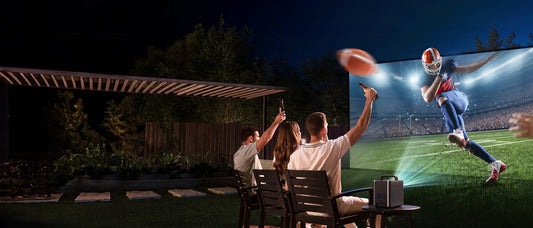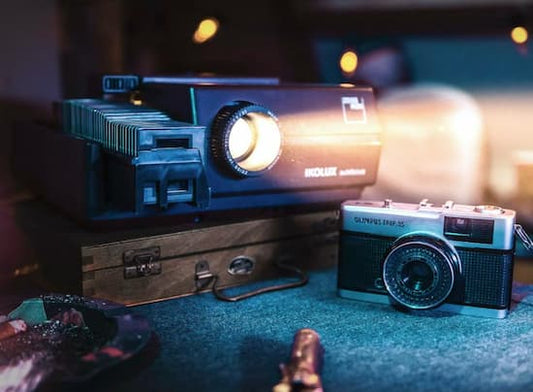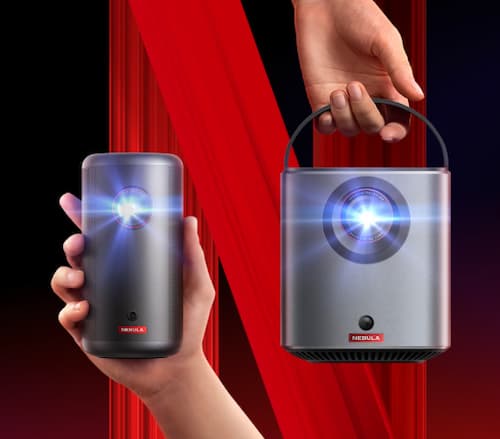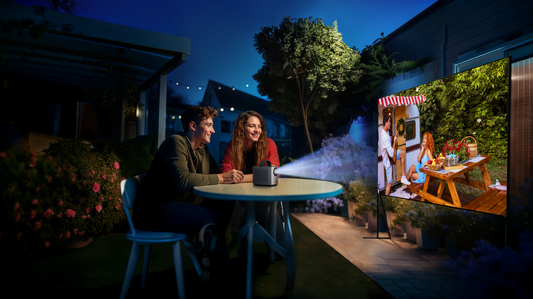How to select

15 Valentine's Day Movies: Romantic Hits to Wat...
Valentine's Day is the best opportunity to watch touching movies with your partner. There are movies for every sort of love, from classics to rom-coms. These Valentine's Day movies create...
15 Valentine's Day Movies: Romantic Hits to Wat...
Valentine's Day is the best opportunity to watch touching movies with your partner. There are movies for every sort of love, from classics to rom-coms. These Valentine's Day movies create...

18 Valentine's Day Gifts for Movie Lovers They'...
Choosing the ideal Valentine's Day gift for a movie lover can feel challenging, but it doesn't have to be. There are many ways to honor their interest from distinctive décor...
18 Valentine's Day Gifts for Movie Lovers They'...
Choosing the ideal Valentine's Day gift for a movie lover can feel challenging, but it doesn't have to be. There are many ways to honor their interest from distinctive décor...

How to Watch the Big Game on a Projector: Best ...
There’s something special about watching the Big Game on a massive screen—bigger than life, with every play and celebration unfolding right in front of you. The atmosphere, the excitement, and...
How to Watch the Big Game on a Projector: Best ...
There’s something special about watching the Big Game on a massive screen—bigger than life, with every play and celebration unfolding right in front of you. The atmosphere, the excitement, and...

Projector DLP vs 3LCD - An In-Depth Comparison
When it comes to choosing the perfect projector for your home theater or business presentations, the market offers a plethora of options, each with its own set of features and...
Projector DLP vs 3LCD - An In-Depth Comparison
When it comes to choosing the perfect projector for your home theater or business presentations, the market offers a plethora of options, each with its own set of features and...

Projector Sound Not Working: Troubleshooting Guide
A projector is a versatile tool used in various settings, from classrooms and boardrooms to home theaters and entertainment centers. One essential aspect of a projector's functionality is its audio...
Projector Sound Not Working: Troubleshooting Guide
A projector is a versatile tool used in various settings, from classrooms and boardrooms to home theaters and entertainment centers. One essential aspect of a projector's functionality is its audio...

Lux vs Lumens Projector: The Ultimate Guide
When it comes to choosing the perfect projector for your home theater or business presentation, brightness is always an important element to consider. To measure the brightness of projectors, lux...
Lux vs Lumens Projector: The Ultimate Guide
When it comes to choosing the perfect projector for your home theater or business presentation, brightness is always an important element to consider. To measure the brightness of projectors, lux...